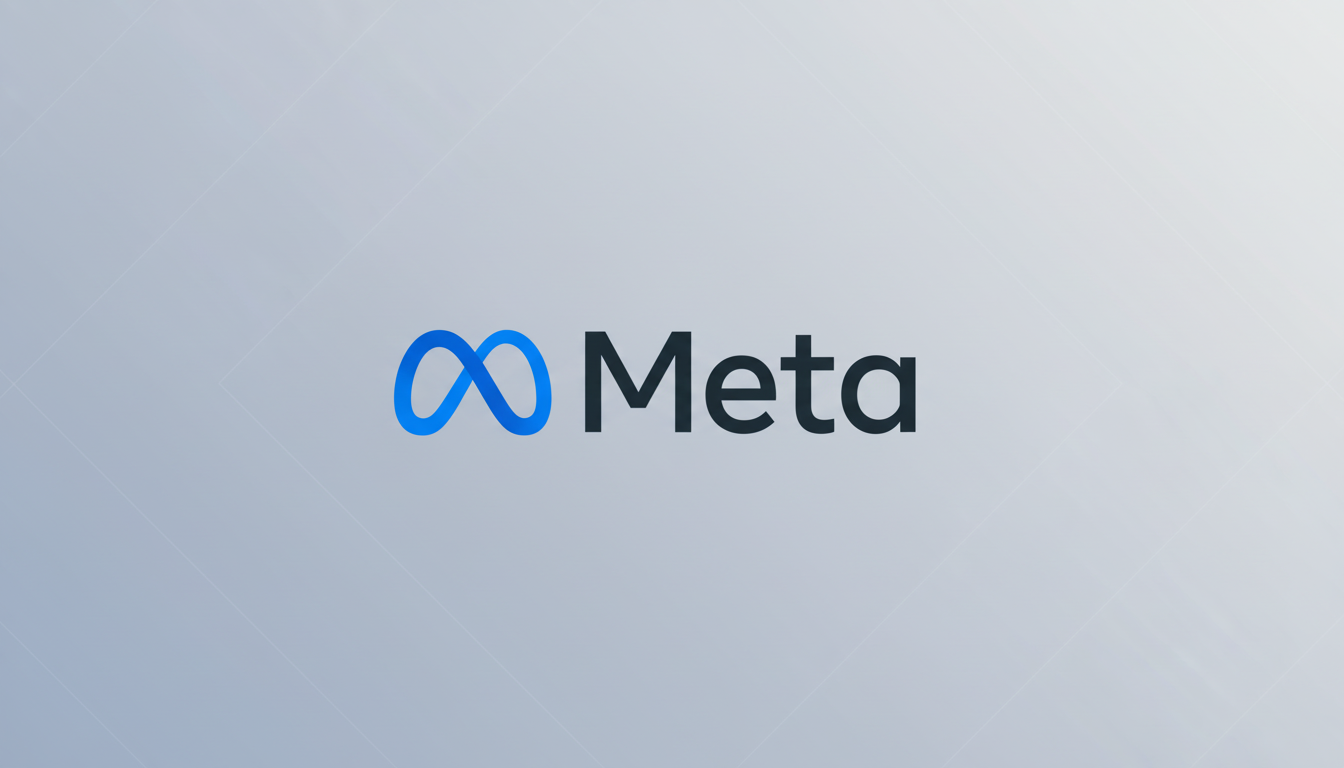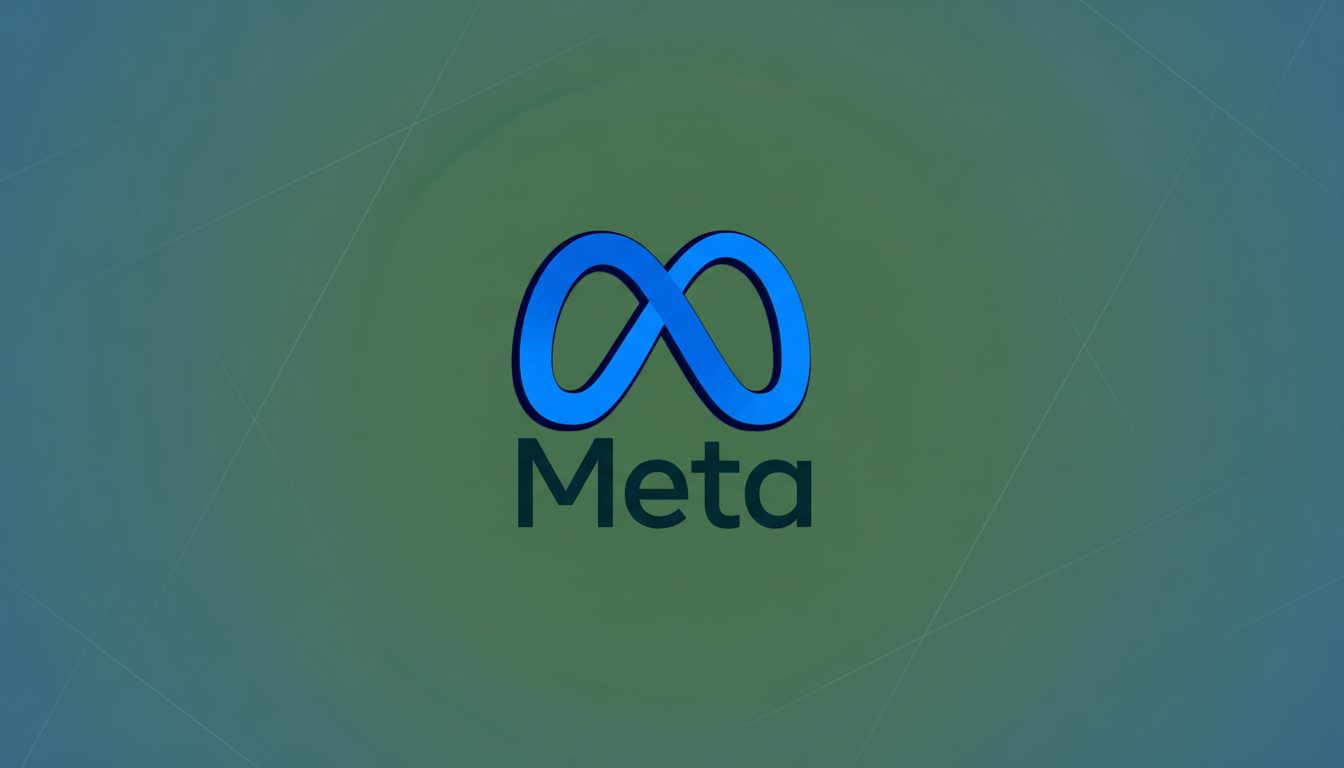Meta has cut about 600 jobs at its flagship artificial intelligence organization, a celebrated unit internally known as Superintelligence Labs, after months of bidding aggressively to woo top academics using packages that ascend into the tens of millions of dollars, according to people who have been briefed on its efforts.
The shift is a rapid about-face from frantic hiring to tightening execution, in a race where speed and focus are as important as sheer headcount.

Reports from CNBC and The New York Times said the cuts account for about 20 percent of the unit’s staff of roughly 3,000. In a leadership memo, the changes were outlined as streamlining rather than retreat in an effort to compress layers of decision-making and place more “load-bearing” responsibility on fewer people while exploring reassignments where feasible.
A Costly Race for Talent Meets a Hiring Hangover
Over the last year, Big Tech’s AI arms race has spilled over to compensation, with multi-year equity-heavy offers for marquee talent jumping to eye-popping levels that grab headlines. The $300 million cost figure that some rock star recruits command reflects the extraordinary dearth at the frontier of large-scale model training and alignment research — where experience running trillion-parameter systems or designing novel data pipelines is still scarce.
Meta’s own filings, as well as its earnings commentary, have focused on a surge in AI investment — from data centers to custom silicon and GPU capacity — alongside aggressive hiring. The reason this is noteworthy is that the AI group had grown overstaffed after that binge, and so it ended up correcting in order to reduce coordination overhead and speed product delivery.
What Meta Says It Will Change to Move Faster in AI
Cited in a memo multiple outlets published, AI leadership claimed that if they have fewer people on a project it’s easier to make decisions faster and ensure clearer ownership. One quoted line — that slimming teams means expanding the radius of each person’s work and influence — sums up the strategy: fewer meetings, more shipping.
The company’s messaging to employees, as first reported by CNBC, insists that the layoffs are all about moving faster — not scaling back on AI. Attempts to redeploy affected staff are said to be part of the plan, though researchers, such as those working on model post-training and evaluation, have also begun publicizing availability on social platforms.

Product and Research Implications Across Meta’s AI Push
The Superintelligence Labs project has sought to push long-horizon research — building systems that exceed the abilities of humans — while also feeding near-term products. But the group has had trouble finding a blockbuster consumer hit. A recent social video test called Vibes came under fire for being of limited use, and competitor OpenAI added its own generative media feature during that same time frame, muddying the differentiation.
Refocusing could direct more resources to the company’s central model roadmap (which includes Llama-based systems), on-device assistants across Instagram, WhatsApp, and Messenger, and reliability work like post-training or safety evaluations. Smaller, empowered teams usually move more quickly on inference optimization, data curation, and product integration — where those gains are measurably visible in weekly active usage and latency metrics, not just benchmark scores.
The Bigger Labor Picture Behind Meta’s AI Workforce
The newest cuts follow a wide-ranging trimming of the workforce. Meta cut roughly 5% of jobs — around 3,600 positions — earlier this year, while also setting higher performance standards and continuing to hire at the very top end of the AI market. That barbell strategy has become standard: a smaller number of leaner teams overall, and outsized spending on an exclusive cluster of principal researchers, platform architects, and data infrastructure leaders.
The AI hiring market is still tight. DeepMind, OpenAI, Anthropic, and the major cloud providers are all chasing after the same profiles in large-scale training, distributed systems and evaluation. There’s also history: Mobile and VR headsets were overpriced and underpowered at launch, yet Meta can’t seem to make Facebook-branded headsets fast enough.
What to Watch Next as Meta Restructures Its AI Unit
For investors and competitors, the signals to watch are simple:
- Cadence of model releases.
- Adoption of AI features within Meta’s apps.
- Real-world advances in quality, safety, and latency.
- Potential revisions to the organization’s AI capex envelope.
- Any strategy change in custom accelerators or more efficient inference stacks.
If the restructuring is successful, there should be less overlap among roadmaps and a more straightforward path from research to product. Otherwise, the danger is demoralization and renewed attrition as the time comes to move for real from demos to durable, revenue-generating AI experiences. Either way, the signal to the market is crystal clear: at this stage in the AI race, it’s no longer about how many people you have on board but simply who ships fastest.

